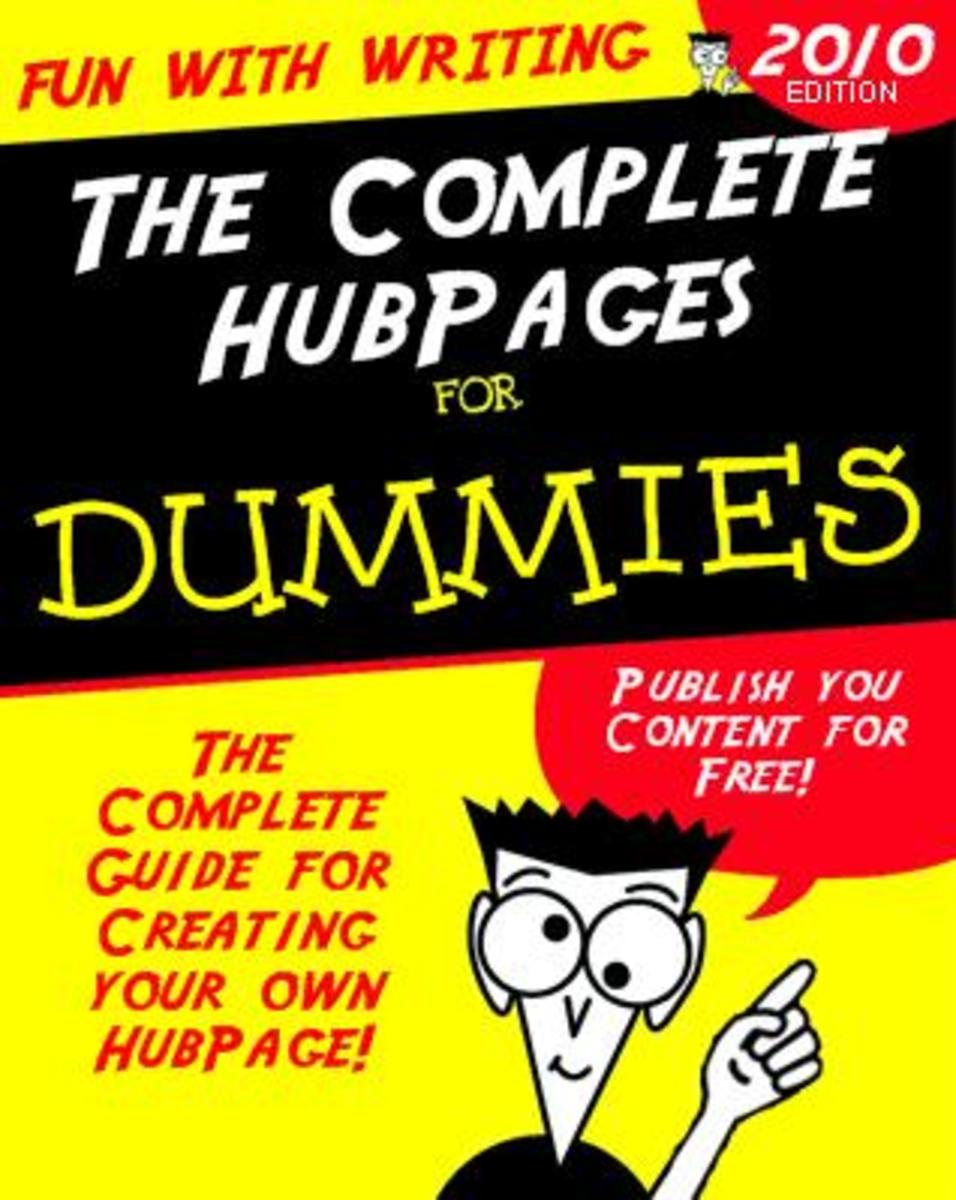- HubPages»
- Books, Literature, and Writing»
- Commercial & Creative Writing»
- Creative Writing»
- Humor Writing
How to Write Internet Spam

You’ve worked hard as a writer, studying the intricacies of grammar, spelling and syntax. Maybe you went to college for it, editing those essays until the mean-but-fair professor you respected would bump your grade up a letter. Or maybe you’re self taught; reading everything you could get your hands on until you mastered the language and forged a unique path forward with your special brand of writing. Either way, you know the value of a well worded sentence. But this is the internet. It’s time to forget all that. Can you say ‘search engine optimization’?
Step 1: Dumb it down. Way down.
Buzzwords, that’s all you need to know. Does your article have the words that search engines crave? No? Put them in there. Your writer’s instincts might tell you to form a coherent sentence, but resist that urge. This is about HARD, FAST, MONEY! So let’s start with a sample sentence. Say you want to write an article about earthworm eating habits. First, don’t write about that, no one is searching for that. Second, research popular buzzwords online. These change on a dime, so make sure to devote at least three to five hours a day looking up fad diets and celebrity nip-slips. Third, take your researched buzzwords and mush them into a sentence. Something like this:

“Studies show that a new diet from Russia may help reduce cholesterol.”
Notice that this sentence is terrible. It will never survive the ADHD of the internet. Nobody trusts studies anymore, scientists are all hacks. Pick something mystical so it sounds like it’s old and nostalgic.
“Witch doctor in India celebrates 100th birthday thanks to Russian diet.”
Better, but this still sucks. Next you’ll want a hook. Something that makes this article seem somehow different and/or easier than the other things your reader has read before.
“One weird trick to lose weight, Witch Doctor celebrates 100th birthday on Russian diet.”
Almost there. Now just remove those extra, unnecessary words and include a repeating gif that makes no sense.
“One weird trick: Witch Doctor ripped at 100!”

Step 2: Ignore categories, shotgun that s**t.
Once you’ve written your nonsensical article, it’s time to get the word out. Since it’s about dieting, the last place you want to post it is in dieting forums. Why? Because that’s where they’ll expect you to post it. The market is already saturated there, you’ve got to expand. Share on Facebook (be sure to ask for plenty of likes, people love it when you pander for likes), put an ad on the Weather Channel’s website, and post like crazy in the short story Q&A on HubPages. These are the places you’ll draw in that unsuspecting clicker. Remember, if you throw enough darts at the board, something will eventually stick. Just make sure to create as many profiles as possible because the grammar Nazis will be trying to delete your posts as fast as you can put them up. Don’t give up; think of your article like a virus and your posts as spores that bore into the brains of unsuspecting victims. The best business model is the one that devours its consumer.

Step 3: The three “Q’s”: Quantity, quantity, quantity.
Now that your diet article has struck it rich, it’s time to move on to the next big thing. Go back to your buzzwords and find a new topic, lather, rinse, repeat. Don’t get hung up on the topics you want to write about, or even a coherent theme. Sometimes you won’t have time to formulate complete thoughts, so just get something down. “Cheats for android download backward China”, “Make money pump it up Nike shoe foot”, and “Obamacare homeowners back to school mortgage credit report” are all acceptable. The important thing to remember is to get it out fast so you catch those buzzwords while they’re popular. Move too slowly and you might remember what it feels like to have a human soul.
(Disclaimer: This article is a work of parody. In no way does the author advocate writing spam.)






![Baltic Sea Anomaly Details: Is it a UFO or Hoax [video] Baltic Sea Anomaly Details: Is it a UFO or Hoax [video]](https://images.saymedia-content.com/.image/t_share/MTc2MjY0ODM3MjA1MjcxNzI1/baltic-sea-ufo-unidentified-submerged-object.jpg)

